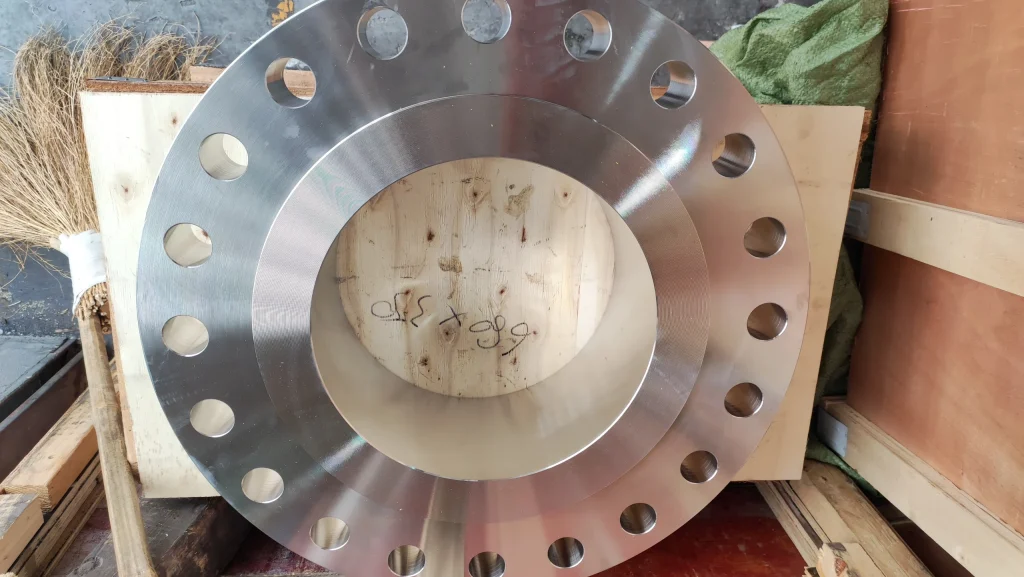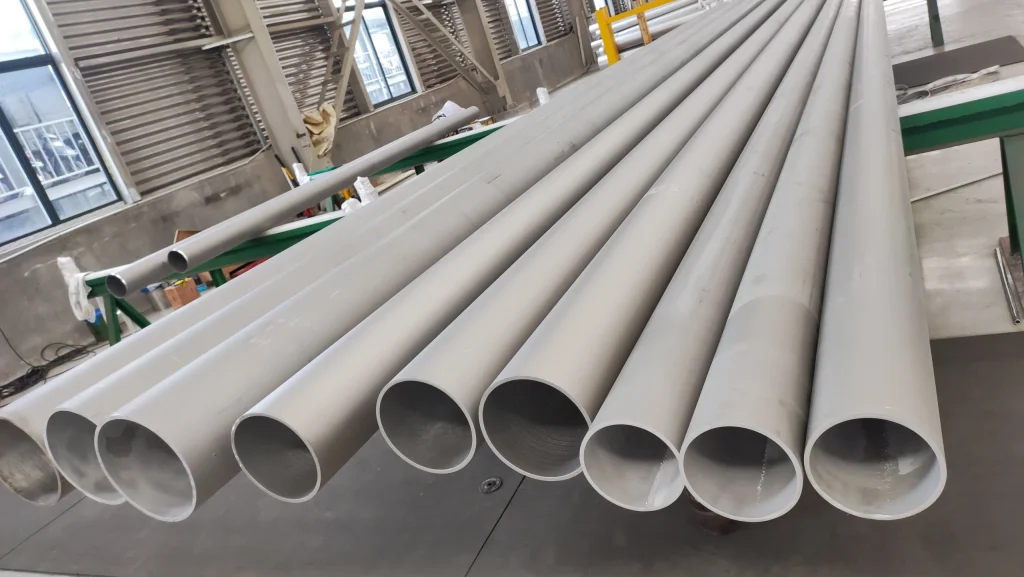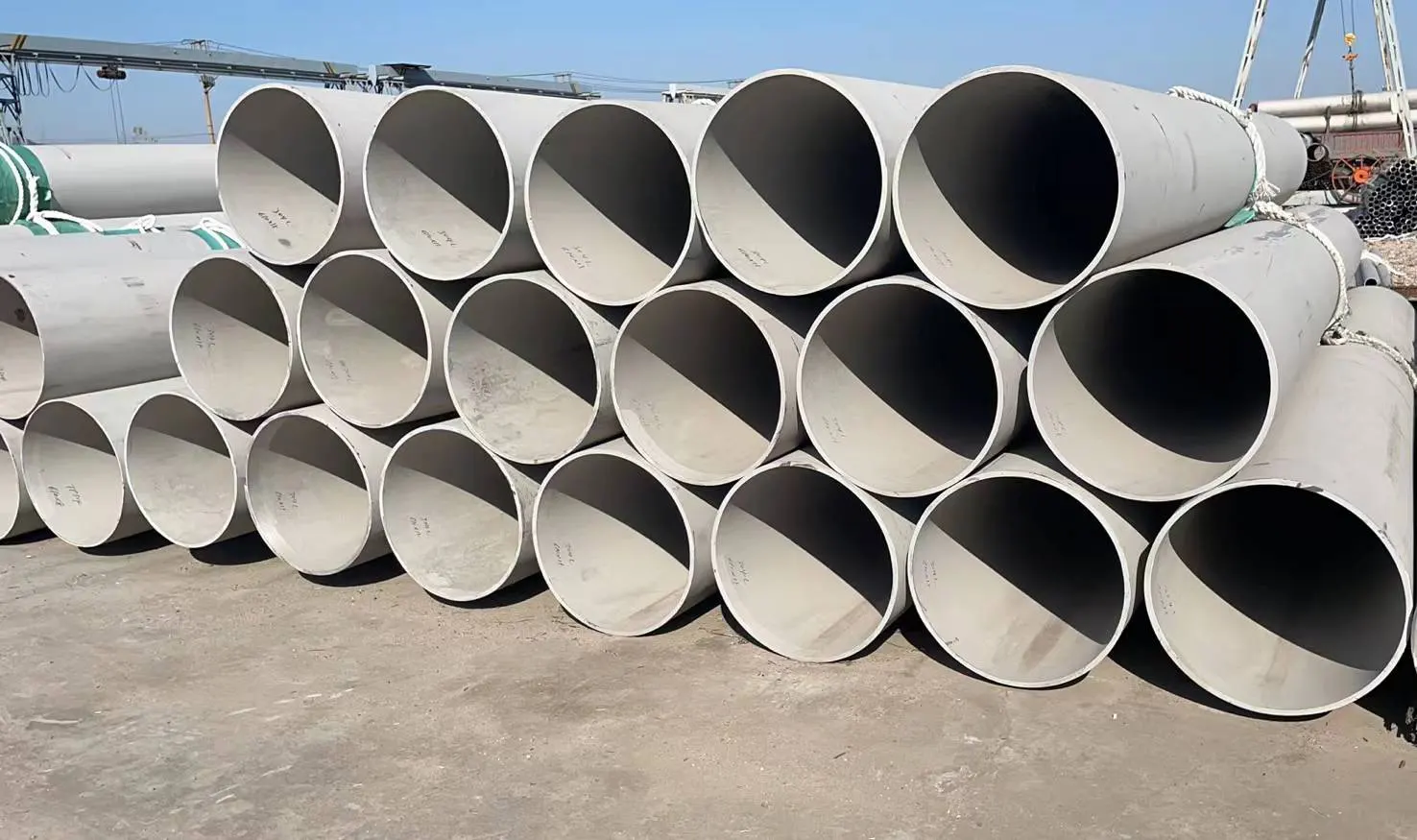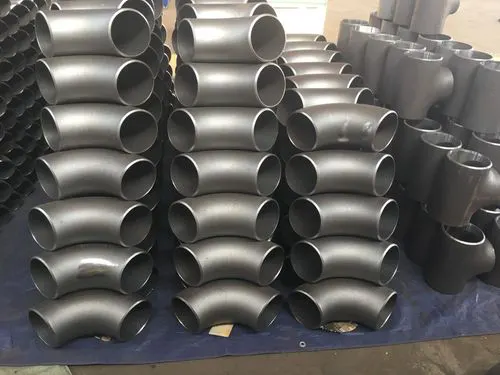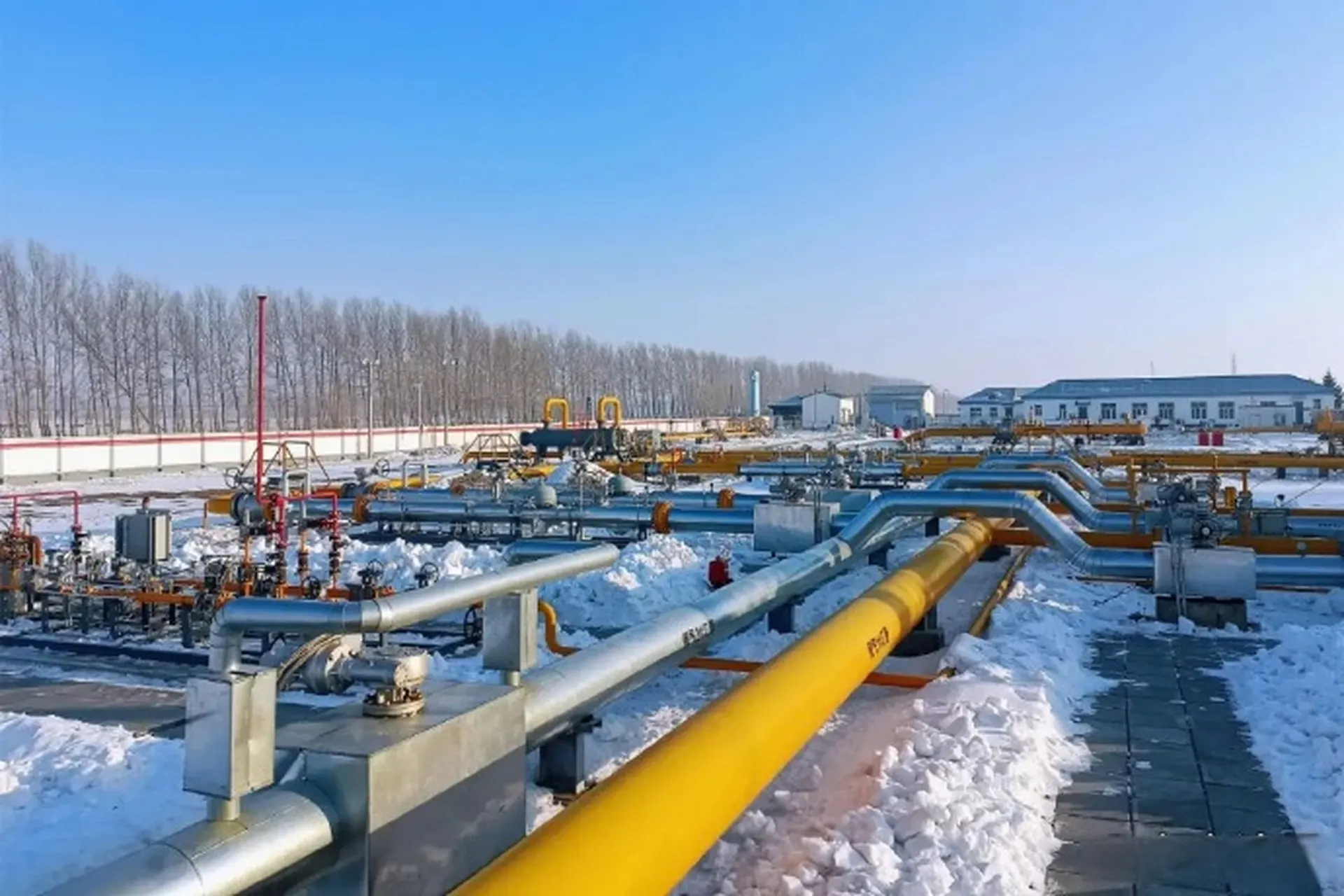Stainless Steel VS Carbon Steel is a fundamental choice for piping system, It affects performance, cost, and lifespan. Both materials are widely used. They serve different purposes. Understanding their unique properties is vital. Professional proveedor de tuberías y accesorios de acero inoxidable helps you decide. It focuses on the use of tubos de acero inoxidable y carbon steel pipe fittings in industrial applications.
Stainless Steel VS Carbon Steel : Core Difference
The main difference lies in contenido en cromo,stainless steel contains a minimum of 10.5% chromium. This element forms a thin, passive layer. This layer prevents rust and corrosion. Carbon steel lacks this chromium. It is primarily an alloy of iron and carbon,so it rusts easily when exposed to moisture. This key difference dictates their applications.
Stainless Steel VS Carbon Steel : Pros and Cons
Stainless steel boasts superior corrosion resistance. The chromium capa de óxido protects it. Carbon steel rusts quickly without a protective coating. This makes stainless steel ideal for wet or ambientes corrosivos.
Carbon steel is generally more affordable. It offers good strength. Stainless steel is more expensive. This is due to its chromium and nickel content. For many structural applications, carbon steel is a cost-effective choice.
Stainless steel requires less maintenance. Its corrosion resistance means a longer lifespan. Carbon steel needs revestimientos protectores. These coatings require reapplication. This adds to long-term maintenance costs.
Both are weldable. Carbon steel is generally easier to weld. Stainless steel requires specific techniques. This is due to its alloying elements. This can affect fabrication costs and speed.
Stainless Steel VS Carbon Steel : Key Properties
| Característica | Acero inoxidable | Acero carbono |
|---|---|---|
| Resistencia a la corrosión | Excelente | Poor (without coating) |
| Coste | Alta | Bajo |
| Fuerza | Good to Very High | Muy alta |
| Soldabilidad | Good (with special care) | Excelente |
| Apariencia | Shiny, clean, aesthetic | Dull, requires coating |
Stainless Steel VS Carbon Steel : Applications
| Tipo de aplicación | Stainless Steel Preferred | Carbon Steel Preferred |
|---|---|---|
| Entornos corrosivos | Chemical processing, food, marine | Not recommended (unless coated) |
| General Utilities | High-purity water, medical gas | Water, oil, gas (non-corrosive) |
| Estructural | Architectural, decorative, outdoor | Buildings, heavy machinery, frames |
| Altas temperaturas | Hornos, intercambiadores de calor | Power plants, steam lines |
| Cost-Sensitive Projects | When corrosion is a factor | When cost is the primary driver |
Common Grades of Stainless Steel
| Calificación | Característica principal | Ventaja principal | Typical Use Case |
|---|---|---|---|
| 304/304L | Standard alloy | Cost-effective, good rust resist | General utilities, food |
| 316/316L | Molibdeno added | Chloride resistance, no picaduras | Marine, chemical, pharma |
| 310S | High Cr/Ni | Excellent high-temp resist | Furnace parts, exchangers |
| 2205 (Dúplex) | Ferritic-austenitic | High strength, SCC resist | Offshore, sour service |
| 321 | Titanium stabilized | Resists weld decay | High-temp exhaust |
Puede que también quiera leer:
¿Qué es el carburo en el acero inoxidable? ¿Cuáles Son Sus Efectos En Tuberías Y Accesorios?
Degradación de materiales de acero inoxidable
¿Qué es la deformación por fluencia en el acero inoxidable?
Significado de las letras que siguen a los grados del acero inoxidable
¿Qué es el endurecimiento por envejecimiento del acero inoxidable?
¿Cómo ablandar el acero inoxidable? ¿Cuáles son las ventajas y los inconvenientes?
¿Qué es la sensibilización del acero inoxidable y cómo prevenirla?
Contacto
- RM901 No.22 Tangjiaqiao Road Wenzhou China
- +86 577 8551 1171
- [email protected]
- https://www.kaysuns.com/
